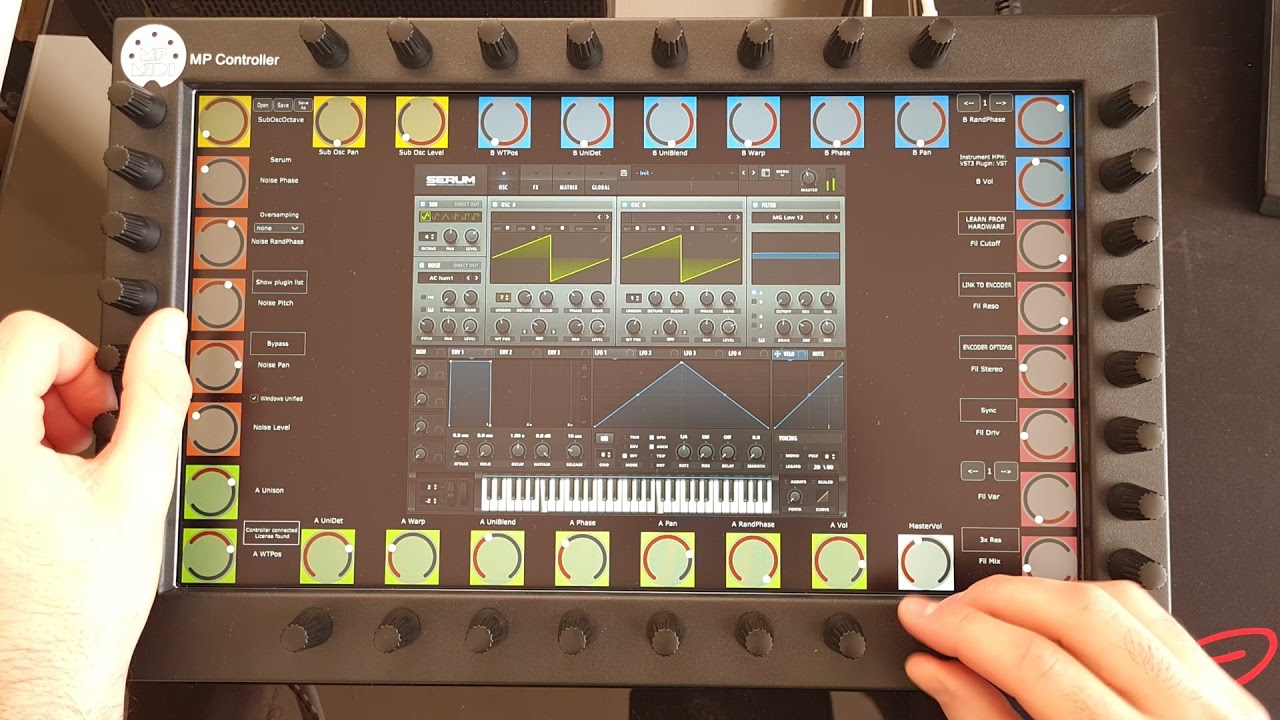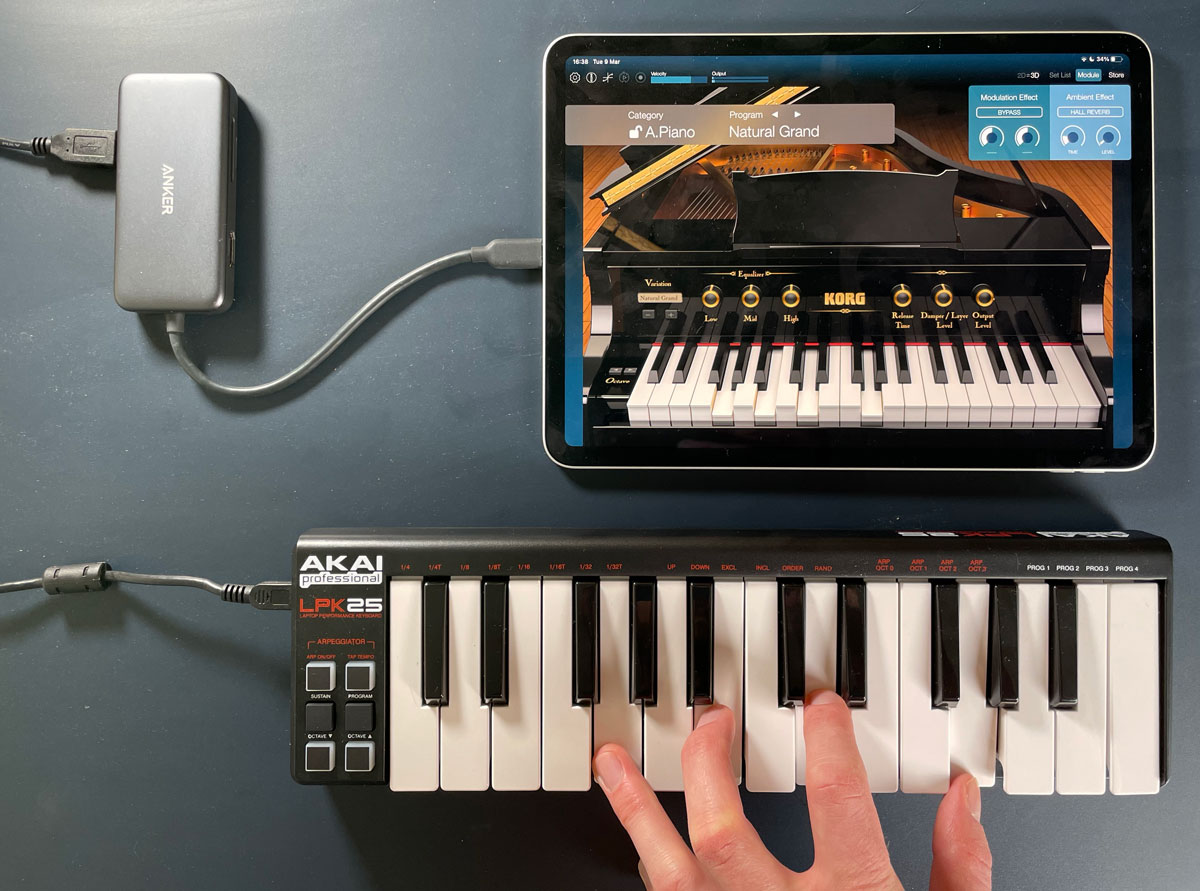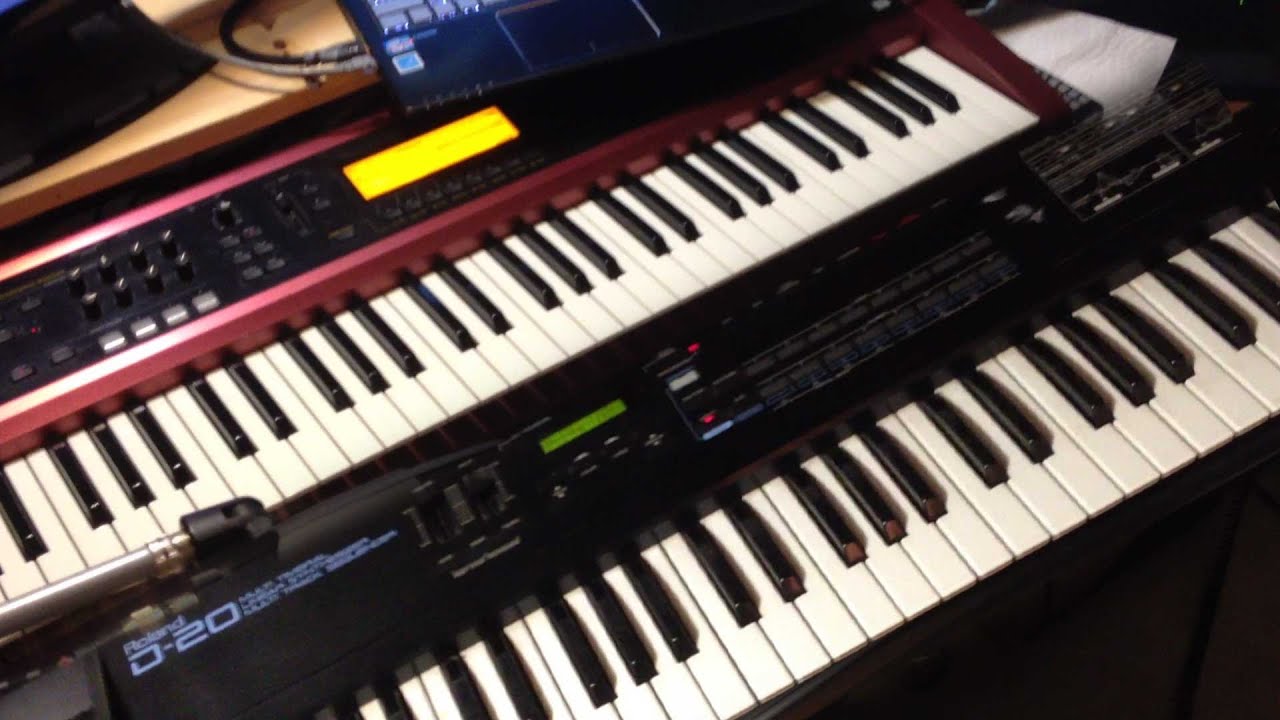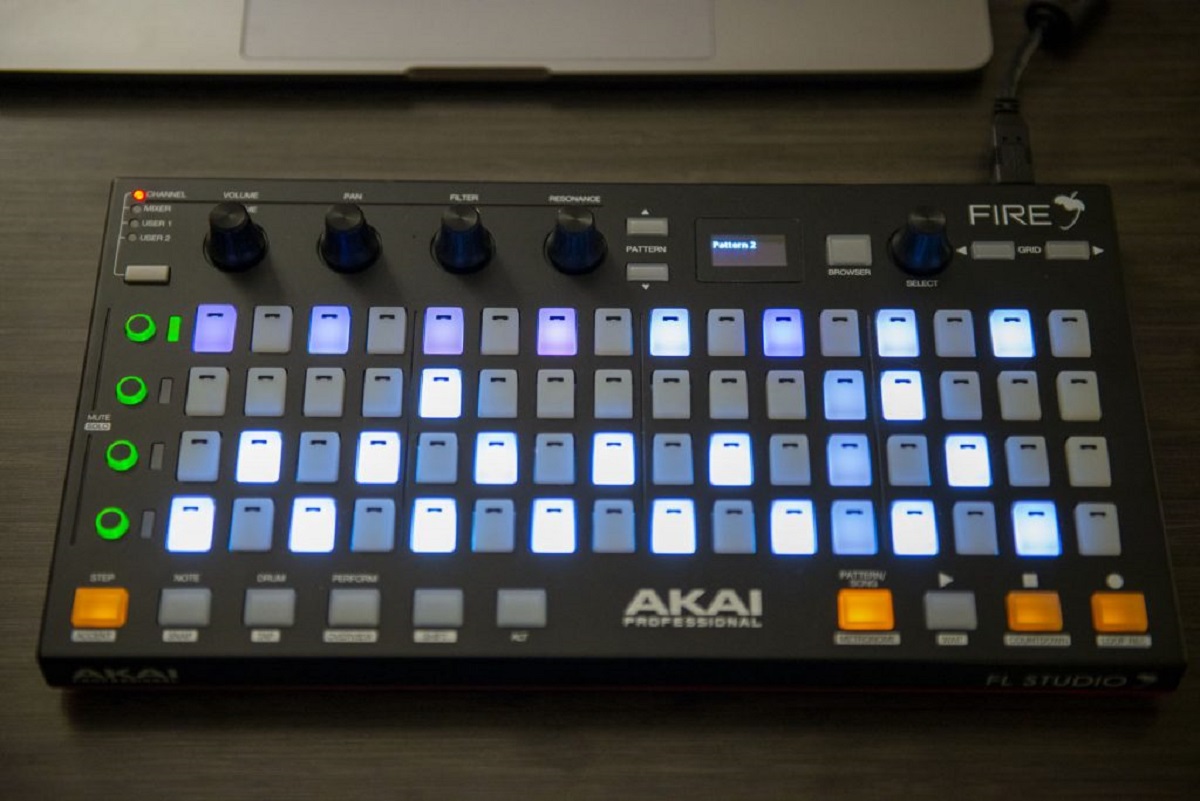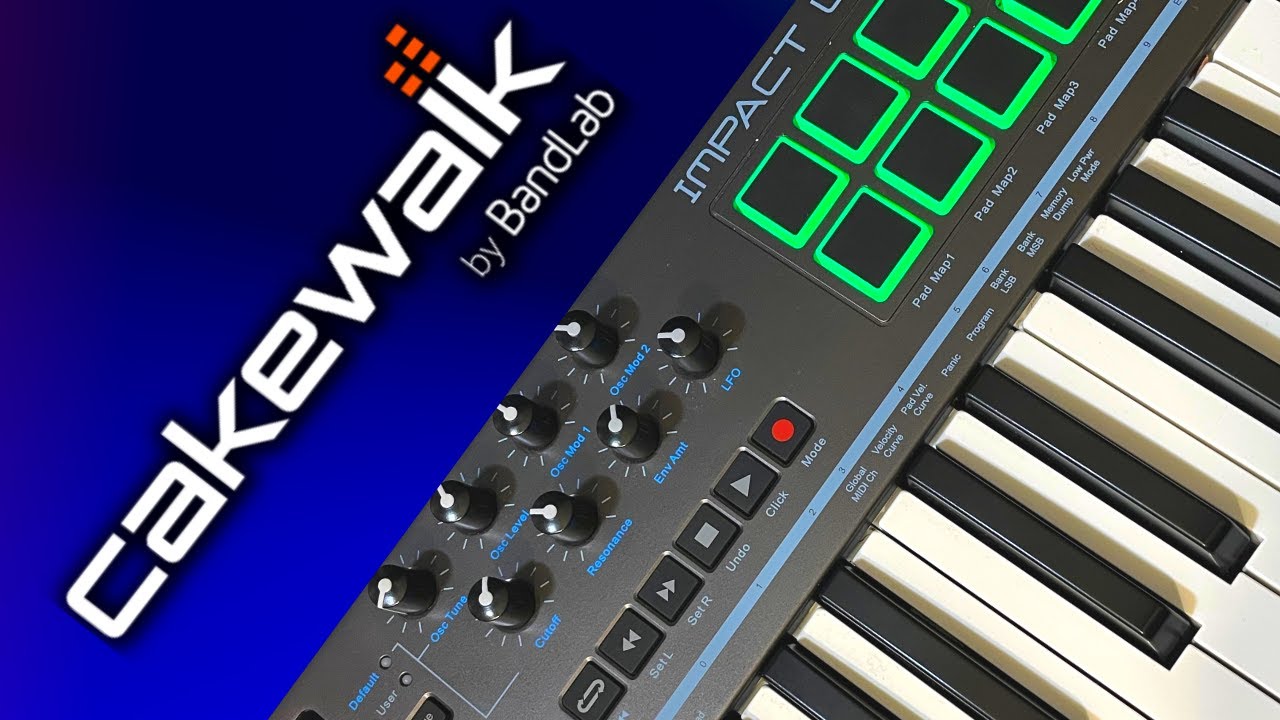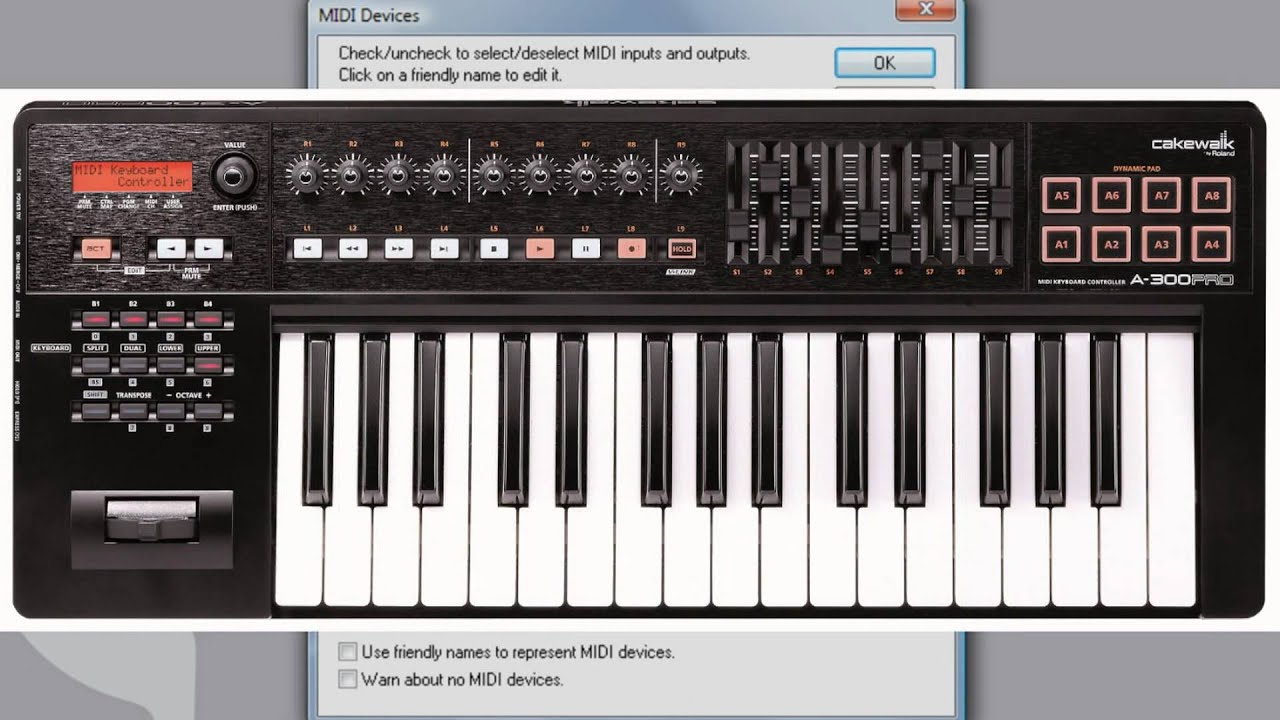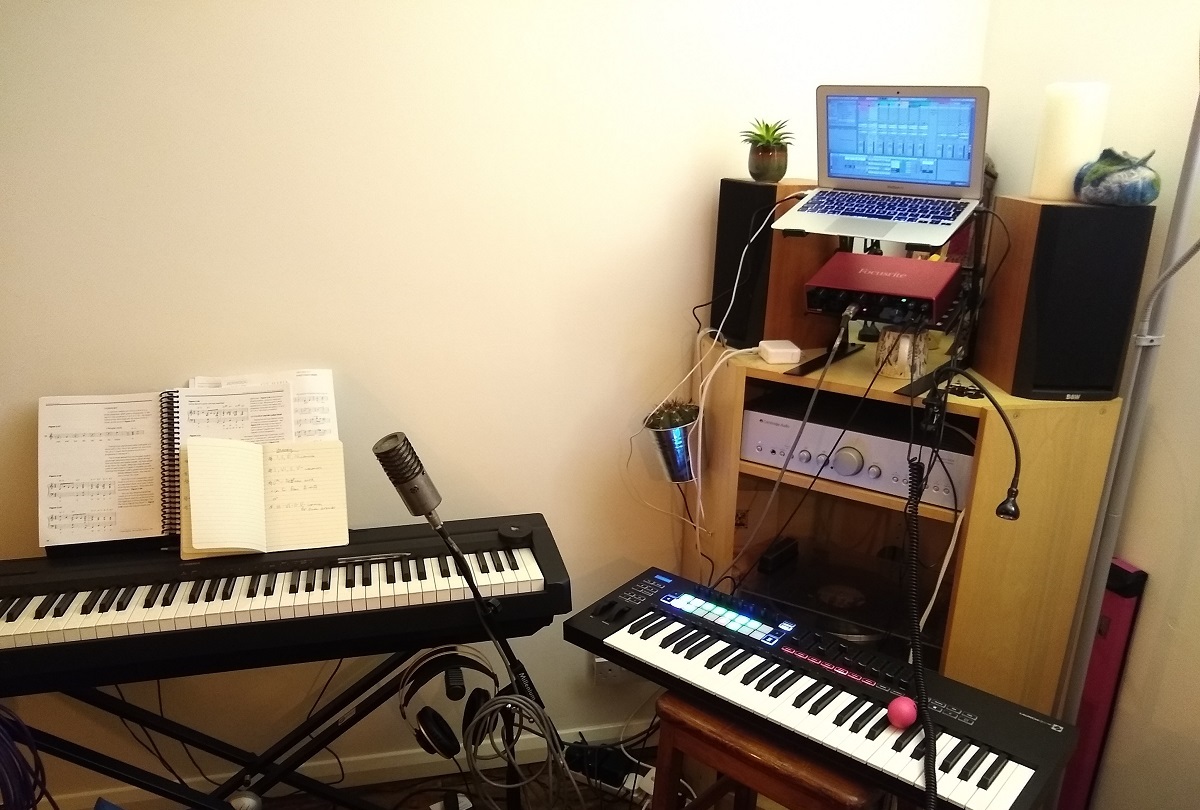Introduction
Understanding the Power of MIDI Keyboards in Music Production
Music production has undergone a remarkable transformation in recent years, with technological advancements revolutionizing the way musicians create and manipulate sounds. One such innovation that has significantly impacted the industry is the MIDI keyboard. MIDI, which stands for Musical Instrument Digital Interface, has become an indispensable tool for producers, allowing them to harness the full potential of virtual instruments and software synthesizers. In this comprehensive guide, we will explore the seamless integration of MIDI keyboards with Serum, a popular wavetable synthesizer renowned for its versatile sound design capabilities.
By leveraging the expressive nature of MIDI keyboards, producers can elevate their creative process to new heights. The tactile feedback and dynamic control offered by these instruments empower musicians to infuse their compositions with emotion and nuance, transcending the limitations of traditional mouse and keyboard input. Whether you’re a seasoned producer or an aspiring enthusiast, mastering the art of using a MIDI keyboard with Serum can unlock a world of sonic possibilities, enabling you to sculpt and shape sounds with unparalleled precision and artistry.
Throughout this guide, we will delve into the essential steps for seamlessly integrating your MIDI keyboard with Serum, from initial setup to advanced techniques for optimizing your workflow. By the end of this journey, you will possess the knowledge and expertise to harness the synergy between your MIDI keyboard and Serum, empowering you to channel your musical vision into captivating compositions that resonate with depth and character.
Setting Up Your MIDI Keyboard
Connecting and Configuring Your MIDI Keyboard for Seamless Integration
Before embarking on your musical odyssey with Serum, it’s imperative to ensure that your MIDI keyboard is properly connected and configured to interface seamlessly with your digital audio workstation (DAW) and the synthesizer. The initial setup lays the foundation for a fluid and intuitive creative process, allowing you to focus on crafting compelling melodies and evocative soundscapes without technical impediments.
First and foremost, establish a physical connection between your MIDI keyboard and your computer. Most MIDI keyboards feature USB connectivity, enabling a straightforward plug-and-play experience. Simply connect the USB cable from your MIDI keyboard to an available USB port on your computer, allowing the device to be recognized by your DAW and Serum.
Once the physical connection is established, it’s essential to verify that your MIDI keyboard is recognized by your computer’s operating system. Navigate to the device manager or system preferences to confirm that the MIDI keyboard is detected and listed as an available input device. In the event that the keyboard requires specific drivers, ensure that they are installed to facilitate seamless communication between the hardware and software components.
With the physical and driver setup completed, it’s time to configure your DAW to recognize and communicate with your MIDI keyboard. Access the preferences or settings menu within your DAW and locate the MIDI or external devices section. Here, you can select your MIDI keyboard from the list of available input devices, enabling bidirectional communication between the instrument and your DAW.
Furthermore, it’s advisable to verify that MIDI input from your keyboard is routed to Serum within your DAW’s track or instrument settings. By designating Serum as the MIDI input destination for your keyboard, you establish the foundation for real-time control and manipulation of the synthesizer’s parameters using the tactile interface of your MIDI keyboard.
By meticulously configuring and validating the connectivity of your MIDI keyboard, you pave the way for a seamless and immersive music production experience. With the technical groundwork laid and the channels of communication established, you are poised to harness the expressive potential of your MIDI keyboard in conjunction with Serum, transcending the realm of mere musical composition and entering the domain of sonic artistry.
Configuring Serum for MIDI Input
Optimizing Serum’s MIDI Input Settings for Enhanced Control and Creativity
With your MIDI keyboard seamlessly integrated into your music production setup, the next crucial step is to configure Serum to effectively respond to MIDI input, enabling you to manipulate its parameters and unleash its sonic potential with precision and finesse. Serum offers a myriad of options for MIDI control, allowing you to tailor the synthesizer’s response to the nuances of your performance and infuse your compositions with expressive depth.
Begin by launching Serum within your DAW and accessing its settings or preferences menu. Within the MIDI or control surface section, you will find a range of parameters that govern how Serum interprets and responds to MIDI input from your keyboard. One fundamental setting to explore is the MIDI input channel assignment, which dictates the channel through which Serum receives MIDI data from your keyboard. Ensure that the MIDI input channel aligns with the output channel of your MIDI keyboard to establish seamless communication between the two devices.
Furthermore, delve into Serum’s MIDI mapping capabilities, which empower you to assign MIDI controllers, such as knobs, faders, and modulation wheels on your keyboard, to specific parameters within the synthesizer. This level of customization fosters a tactile and intuitive approach to sound design, allowing you to sculpt and modulate Serum’s parameters in real time, imbuing your compositions with dynamic movement and expression.
Another pivotal aspect of configuring Serum for MIDI input is mapping MIDI note input to trigger specific functions or modulations within the synthesizer. By assigning MIDI notes to trigger envelope shapes, LFO modulation, or oscillator parameters, you can seamlessly integrate your MIDI keyboard into the creative workflow, leveraging its inherent musicality to shape and evolve the sonic landscape within Serum.
Moreover, explore Serum’s MIDI learn functionality, which facilitates the seamless assignment of MIDI controllers to various parameters through a simple and intuitive process. This feature empowers you to customize the mapping of your MIDI keyboard’s controls to Serum’s extensive array of parameters, fostering a personalized and responsive interaction that aligns with your unique artistic vision.
By meticulously configuring Serum’s MIDI input settings, you unlock a realm of creative possibilities, where the tactile interface of your MIDI keyboard becomes a conduit for expressive manipulation and sonic exploration within the boundless realm of Serum’s wavetable synthesis. With these foundational settings optimized, you are primed to harness the full potential of your MIDI keyboard as a dynamic and intuitive controller for Serum, transcending conventional sound design and embarking on a journey of sonic innovation and artistic expression.
Using the MIDI Keyboard with Serum
Unleashing Creative Expression and Real-Time Control
With your MIDI keyboard seamlessly integrated and Serum meticulously configured for MIDI input, you are poised to embark on a captivating journey of creative expression and real-time control within the boundless sonic canvas of Serum’s wavetable synthesis. The tactile interface of your MIDI keyboard becomes a conduit for intuitive manipulation, empowering you to sculpt and shape sounds with unparalleled immediacy and artistry.
One of the primary advantages of using a MIDI keyboard with Serum is the ability to perform dynamic and expressive playing techniques, such as velocity-sensitive keybeds and aftertouch, to imbue your compositions with emotive depth and nuance. The nuanced variations in velocity and pressure translate into organic and lifelike articulations within Serum, allowing you to infuse your melodies and harmonies with a palpable sense of musicality and emotion.
Furthermore, the integration of your MIDI keyboard with Serum facilitates real-time parameter manipulation, enabling you to modulate and shape the synthesizer’s sonic characteristics with fluidity and precision. Whether it’s adjusting filter cutoff frequencies, modulating wavetable positions, or sculpting complex modulation shapes, the tactile control afforded by your MIDI keyboard empowers you to interact with Serum in a profoundly expressive and immediate manner.
Additionally, the seamless integration of your MIDI keyboard with Serum opens the door to innovative performance techniques, such as assigning MIDI controllers to manipulate macro controls and perform live sound manipulation. This level of dynamic control fosters a symbiotic relationship between musician and instrument, transcending traditional studio-bound workflows and inviting spontaneous experimentation and improvisation.
Moreover, the tactile nature of the MIDI keyboard empowers you to engage in intuitive sound design, leveraging the immediacy of physical interaction to explore and sculpt sonic textures in real time. The ability to trigger and manipulate Serum’s parameters directly from your keyboard fosters a seamless and immersive creative process, where the boundaries between composition, performance, and sound design blur into a unified and fluid artistic expression.
As you harness the expressive potential of your MIDI keyboard within the realm of Serum, you embark on a transformative journey of sonic exploration and artistic innovation. The synergy between tactile control and boundless sonic manipulation empowers you to transcend the confines of traditional music production, forging a deeply immersive and emotive connection between musician and machine. With your MIDI keyboard as a conduit for creative expression and real-time control, the sonic tapestry of Serum becomes a living, breathing extension of your musical vision, inviting you to sculpt and shape soundscapes that resonate with depth, emotion, and boundless creativity.
Tips for Better MIDI Keyboard Integration
Maximizing Efficiency and Artistic Potential
As you delve into the realm of MIDI keyboard integration with Serum, embracing a few key tips and best practices can significantly enhance your efficiency, creativity, and overall experience. These insights are designed to empower you with a deeper understanding of how to leverage the full potential of your MIDI keyboard within the context of Serum’s dynamic sound design capabilities, fostering a seamless and intuitive workflow that transcends technical constraints and unleashes boundless artistic expression.
- Customize MIDI Mapping: Take full advantage of Serum’s MIDI mapping capabilities to tailor the assignment of MIDI controllers on your keyboard to specific parameters within the synthesizer. By customizing MIDI mappings to align with your preferred workflow and performance style, you can streamline the interaction between your MIDI keyboard and Serum, fostering a personalized and intuitive creative process.
- Explore Expression and Modulation: Embrace the expressive capabilities of your MIDI keyboard, such as aftertouch, velocity sensitivity, and pitch bend, to imbue your performances and sound design with nuanced articulations and dynamic modulations. Delve into Serum’s modulation matrix to map MIDI input to a diverse range of parameters, unlocking a realm of sonic expression that transcends traditional static sound design.
- Utilize Scale and Chord Modes: Many MIDI keyboards offer scale and chord modes, allowing you to effortlessly play in key and trigger complex chord voicings with ease. By leveraging these features, you can fluidly explore harmonic progressions and melodic variations within Serum, harnessing the musicality of your MIDI keyboard to craft compelling compositions and intricate soundscapes.
- Experiment with Layered Performance: Capitalize on the multi-timbral capabilities of your MIDI keyboard to perform layered performances within Serum, simultaneously triggering multiple patches or articulations to construct rich and immersive sonic tapestries. This approach fosters a holistic and expansive approach to sound creation, enabling you to orchestrate intricate arrangements and textures with seamless integration.
- Engage in Live Performance and Recording: Embrace the spontaneity and immediacy of live performance by utilizing your MIDI keyboard to interact with Serum in real time. Whether it’s capturing expressive improvisations or recording dynamic modulation gestures, integrating your MIDI keyboard into live performance and recording sessions imbues your compositions with an organic and emotive quality that transcends traditional studio-bound workflows.
By embracing these tips and integrating them into your creative process, you elevate your MIDI keyboard’s role from a mere input device to a dynamic and expressive instrument that serves as a conduit for boundless sonic exploration and artistic innovation within the captivating realm of Serum’s wavetable synthesis. Through thoughtful customization, expressive performance techniques, and a spirit of experimentation, you unlock the full potential of MIDI keyboard integration, transcending conventional sound design and composition to embark on a transformative journey of sonic artistry and musical expression.







